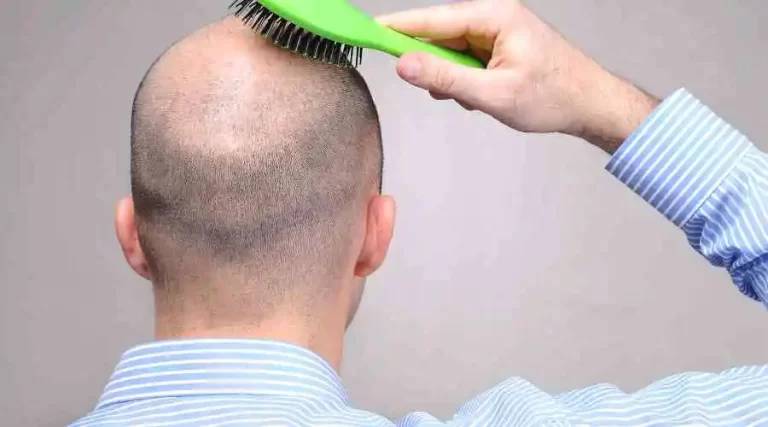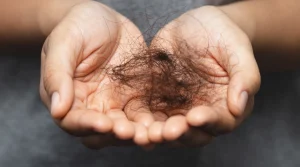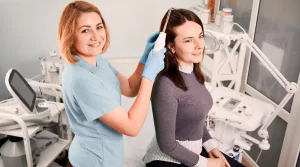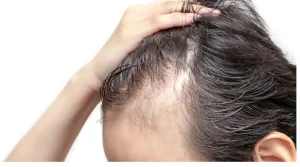If you’re searching for a hair loss doctor near me or a hair growth specialist near me, you’ve likely encountered numerous myths about baldness. Let’s separate fact from fiction and understand the real causes of hair loss.
Myth 1: Stress and Trauma Cause Baldness
Many people believe that mental and physical stress directly cause hair loss. While stress can accelerate hair thinning, especially in women, it’s not the primary cause. What seems like sudden hair loss is often a delayed response to an existing process.
A hair restoration specialist would explain that men might notice hair loss during stressful life events, but the actual hair thinning began much earlier. The stress simply brings the existing condition into focus.
Myth 2: Poor Circulation Leads to Baldness
One of the most persistent myths is the “faulty freeway system” theory. This hypothesis suggests that reduced blood flow to the scalp causes hair loss. However, scientific evidence contradicts this claim.
A hair growth specialist can confirm that:
- Blood supply doesn’t determine baldness pattern
- Hair loss typically begins at the temples, not the top of the head
- Older individuals often grow hair in unexpected areas like ears and nostrils
Myth 3: Dirty Scalp Causes Hair Loss
The idea that dirty hair or clogged hair shafts lead to baldness is another misconception. Many men with poor hygiene maintain full heads of hair, while clean-cut individuals experience baldness.
Daily shampooing is good for hair appearance but won’t prevent hair loss or stimulate new growth.
Myth 4: Nutrition Directly Causes Baldness
The “you are what you eat” theory suggests nutritional deficiencies cause hair loss. While severe malnutrition can impact hair, the average healthy person’s diet isn’t the primary cause of baldness.
A hair loss doctor would clarify that:
- Only extreme starvation leads to significant hair loss
- Nutritional deficiencies alone don’t cause patterned baldness
- Hair loss is typically the last symptom of clinical malnutrition
Real-World Evidence: The Inuit Example
The Inuit people provide a fascinating case study. Despite wearing hats constantly, rarely washing their hair, and having a limited diet, they experience lower baldness rates compared to Caucasian males.
Conclusion
If you’re concerned about hair loss, consult a professional hair restoration specialist. They can provide personalized insights and potential treatment options based on your specific condition.
Looking for a hair growth specialist near me? Professional evaluation is key to understanding your unique hair loss pattern and exploring potential solutions.





